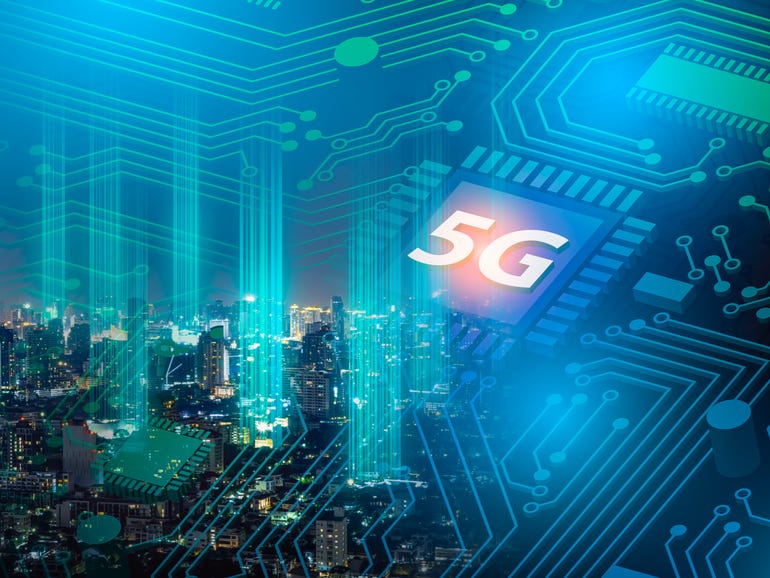One of the notable announcements at Amazon Web Services’ re:Invent 2021 conference today was the unveiling of AWS Private 5G, a fully-managed service enabling businesses to deploy their own high-capacity mobile networks. The service is designed to be used inside buildings as an augmentation of — and eventual replacement for — Wi-Fi.
Businesses have a strong interest in 5G, but the deployment model is challenging. Racking and stacking equipment from carrier-class companies is overkill for most businesses and takes months to get up and running. Using a service provider might be easier, but that has its challenges — such as data ownership, the cost of the service, and the carrier’s footprint. A better approach is private 5G, where the IT department can deploy and manage the networks itself, but few options have been available. Until now.
The newly announced Private 5G product is a turnkey service that’s managed through the AWS console. Users specify where they want to build a network and what capacity is needed, and AWS ships the required hardware and SIM cards. The network auto-configures and can be used anywhere from traditional corporate offices to factory floors to large campuses.
As is the case with all things AWS, the company has attempted to take the complexity and unnecessary costs out of the infrastructure they sell. The portal-based approach removes the long planning cycles and multi-vendor integrations usually required. As for costs, AWS has disrupted markets with utilization-based pricing, and they’re doing the same here.
Provision as many devices as needed, pay only for bandwidth
Customers can provision as many 5G connected devices as they want, they will only pay for the bandwidth they use. The traditional pricing model would be a per-SIM fee, but that can be highly inefficient for IoT because many devices use very little bandwidth. For example, a connected industrial copier might only send toner volumes once a day. With a per-month cost model, the business may be paying $10 per month. With capacity pricing, this cloud costs as little as a couple of cents a day.
During his first re:Invent keynote as CEO, AWS’s Adam Selipsky talked about the importance of this approach. “AWS Private 5G is a one-stop shop to manage private cellular networks,” Selipsky said. “It lets customers start small and scale up as needed with a pay-as-you-go pricing model. You just pop the SIM cards into your devices and, voila, everything is connected.”
As is the case with most AWS technologies, one of the first customers is Amazon itself. The Private 5G service is used in the Amazon Fulfillment Centers (FCs) to speed up product delivery.
Amazon uses robots to scan packages and manage millions of items daily. Before 5G, the company had to deploy Wi-Fi; while that technology is common, it’s notoriously flaky. It can also be expensive to extend to outdoor locations, since it requires cables and power lines to be run to light poles to connect the APs.
With 5G, outdoor small cells can be mounted in the corner of a warehouse, for example, making deployment faster but also resulting in more consistent performance. Cellular is considerably more reliable than Wi-Fi.
At re:Invent, AWS also announced Private 5G networks for Koch Industries and Dish Network. There weren’t many details on the deployments, but both companies talked about wanting the benefits of 5G without the deployment headaches.
In the short term, I do not expect private 5G to “globally displace Wi-Fi” as Pat Gelsinger predicted in his last VMworld keynote. I do expect to see it being used in mission-critical environments where Wi-Fi is too unreliable; 5G also will take wireless to places where Wi-Fi cannot be easily extended.
Long term, as the cost of SIM-connected devices decreases and eSIMs become more common, the industry could see an even bigger move from Wi-Fi to 5G. Stay tuned.
Stay connected with us on social media platform for instant update click here to join our Twitter, & Facebook
We are now on Telegram. Click here to join our channel (@TechiUpdate) and stay updated with the latest Technology headlines.
For all the latest Technology News Click Here
For the latest news and updates, follow us on Google News.

